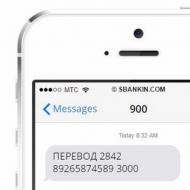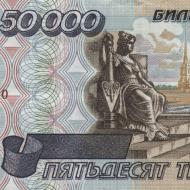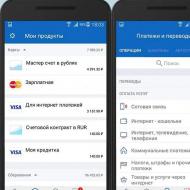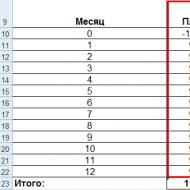
What is CVV2 CVC2 on a bank card
Many consumers, when making payments via the Internet, often have to use three numbers on the back of the card, which the system requires to indicate. However, not all consumers know what their purpose is and why they are needed. Meanwhile, this is one of the key elements of preventive protection against the actions of attackers during a transaction without actually using the card.
CVV2/CVC2- special verification codes for payment systems. Combination CVV2 (CardVerificationValue 2) owned by Visa, and the designation CVC2 (Card Validation Code 2) uses MasterCard. The mechanism was introduced to reduce the number of fraudulent schemes when making purchases using a stolen card or using its illegally copied number.
Both payment systems use exclusively a three-digit code for designation. Finding out where the CVV2 CVC2 is located on your Visa card is very easy. Most often, numbers are applied using indent printing on the back of the card. They are located on the strip for painting the holder following the four extreme values of its number. Therefore, they are not difficult to notice even for an inexperienced user. The code is created as an independent security mechanism, and therefore does not relate to the plastic card number.
In some cases, the verification code is not indicated on the card, but is still generated at the time of issue. Such payment instruments include:
- Visa Electron;
- MasterCard Cirrus/Maestro.
You can find out the meaning of the secret combination of numbers by contacting the issuing bank.
The presence of the number 2 in the abbreviation on a Sberbank or other financial organization card indicates the existence of the first security code. It is required for verification when making payments with the physical use of a payment instrument.
Why do you need the CVV2 CVC2 code?
This code is necessary to make payments on the Internet without the actual presence of a plastic card. It may also be needed for other virtual payments, for example, when purchasing via a mobile phone. Its use is required by service providers who do not support 3D-Secure technology. Entering a three-digit code confirms consent to carry out the transaction and is permission for the system on the part of the owner to write off the designated amount from the plastic card.
With each new payment, we have to remember what CVV2 CVC2 is on a bank card. This is due to the fact that, in accordance with the accepted PCIDSS security standard, sellers do not have the right to store received code information even for a short time. Therefore, they cannot use it for any future transactions.
Rules for using a three-digit code
- Go to the seller's page.
- Select the products you need and follow the link to checkout.
- You will receive a request in which you will need to indicate your card details and CVV2/CVC2. Enter them in the fields provided.
- Upon completion of the comprehensive check, you will be informed by text message or email that the paid amount has been debited from your card account.

Example: paying for a purchase in an online store
If this code is missing, this operation will not be completed. In this case, to make purchases, you should use another card with security numbers printed on it.
Like other important details, the CVV code on the card is confidential information that is not subject to disclosure to third parties. Otherwise, there is a risk of funds being used by criminals who do not need to have your payment instrument.
Is there an alternative
Payment protection methods do not stand still and many online stores have switched to using technology 3D-Secure. It completely excludes the participation of the seller from the transaction scheme, without requiring the consumer to know what CVC CVV codes are and where they are located.
Instead, the bank directly transfers the specified amount to the financial institution where the seller has an account. The user only needs to send a one-time password sent to him by SMS message. As a result, increased payment reliability is ensured and the risk of unauthorized intervention is significantly reduced.
















